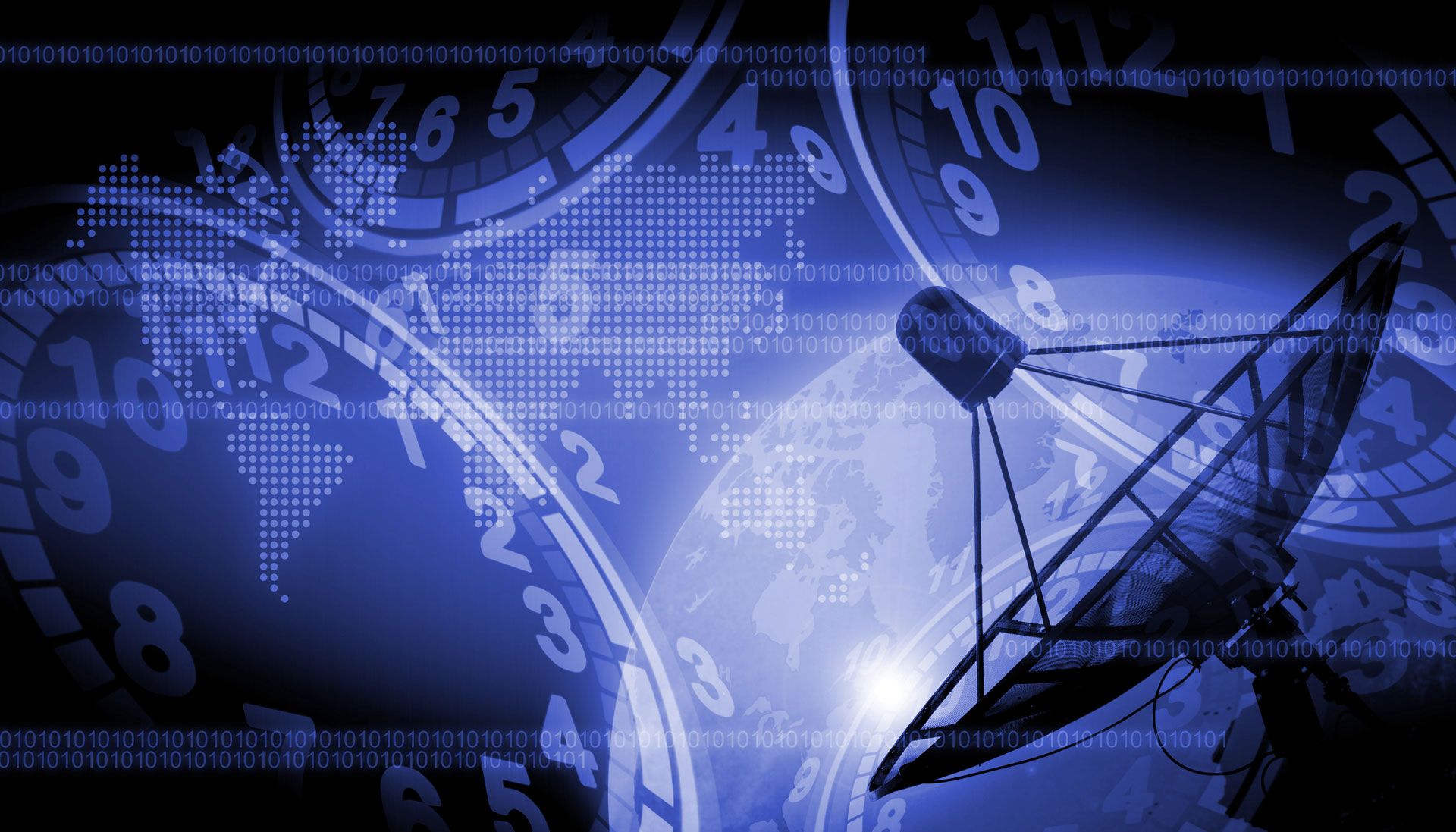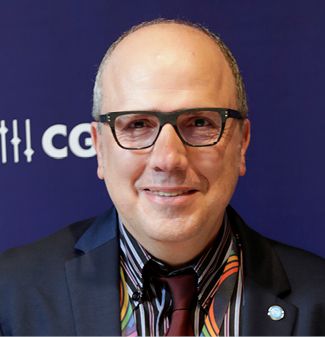
Progress on time signals and frequency standard emissions


Joseph Achkar, Chairman, ITU Radiocommunication Sector Working Party 7A
Working Party 7A in the ITU Radiocommunication Sector (ITU–R — one of three sectors of the International Telecommunication Union) deals with scientific services related to time signals and frequency standard emissions.
In 2015, the World Radiocommunication Conference adopted Resolution 655 (WRC‑15), “Definition of time scale and dissemination of time signals via radiocommunication systems,” following 15 years of discussions within Working Party 7A. The issue was first raised because the occasional insertion of leap seconds into Coordinated Universal Time (UTC) had started creating serious operational difficulties for many navigation, industrial, financial, and telecommunication systems.
Recommendation ITU–R TF.460, initiated in 1970 by the International Radio Consultative Committee (CCIR), originally raised the need to disseminate standard frequencies and time signals in conformity with the second, as defined in 1967 by the General Conference of Weights and Measures (Conférence générale des poids et mesures — CGPM).
This recommendation states that all standard-frequency and time-signal emissions should conform as closely as possible to UTC. It also describes the procedure for the occasional insertion of leap seconds into UTC.
Timekeeping and dissemination guidance
Since 2016, Working Party 7A has intensified studies on this issue in close collaboration with other relevant organizations, as well as with ITU’s Telecommunication Standardization Sector (ITU‑T), the results of which are in ITU‑R Report TF.2511.
The report, responding to Resolution 655, is intended to inform ITU Member State administrations and Sector Members — as well as telecommunication companies, Internet providers, space agencies, aviation, maritime and meteorological organizations, universities, and authorities beyond ITU’s membership — of the regulatory, technical and practical aspects of timekeeping and dissemination of standard frequency and time signals.
The future reference time scale needs to be internationally realized, universally accepted, and continuous.
This could be obtained by maintaining UTC and by relaxing the limitation on the offset between UTC and UT1, meaning Universal Time based on Earth’s rotation.
As Working Party 7A’s studies indicate, the determination of how the international reference time scale relates to other time sources, including UT1, falls under the authority of the International Bureau of Weights and Measures (Bureau international des poids et mesures — BIPM) in conjunction with the Consultative Committee for Time and Frequency (CCTF), the International Committee for Weights and Measures (Comité international des poids et mesures — CIPM) and CGPM. However, standard-frequency and time-signal emissions and dissemination, including for time scale offsets, reside within the authority of ITU–R.
While some user groups would like to see leap seconds come to an end as soon as possible, others hope to update their systems and procedures first, prompting them to request a 15‑year transition period between decision and implementation.
Preparing for WRC‑23
The Director of the ITU Radiocommunication Bureau will report the conclusions of Working Party 7A’s studies to the upcoming World Radiocommunication Conference (WRC‑23) in Dubai in late 2023. The current definition of UTC was adopted in CGPM Resolution 2 in 2018, followed by the signing in 2020 of a Memorandum of Understanding between BIPM and ITU, outlining the scope of mutual cooperation. Thus, and as a note from the Working Party to the Director emphasizes, establishing UTC is not a spectrum regulation task.
CGPM, in fact, took a decision on a continuous reference time scale in November 2022, supporting the abolition of the leap second. The remaining work, such as ITU cooperation with international organizations and updates to Recommendation ITU–R TF.460, falls under the responsibility of relevant ITU–R working groups.
As part of the ongoing preparations for WRC‑23, the ITU Radiocommunication Bureau held a special session with BIPM on Resolution 655 (WRC‑15) at ITU headquarters in Geneva, Switzerland. The session, taking place during the 2nd ITU Inter-Regional Workshop on WRC‑23 Preparation, sought to gather the views of regional organizations on the issue, as well as sharing the current situation in each region, enabling all regions to move forward together and better meet user expectations.
The various studies undertaken — along with discussions at the preparatory session (CPM23-2) and in Working Party 7A — will pave the way for the revision of Resolution 655 at WRC‑23.
The aim, ultimately, is to meet the needs of users as we approach the middle of the 21st Century.
This article first appeared in ITU News Magazine: The future of Coordinated Universal Time – part of a series of editions on topics to be discussed at the World Radiocommunication Conference (WRC-23), from 20 November to 15 December in Dubai, UAE.
Download your copy of the ITU News Magazine: The future of Coordinated Universal Time.
Header image credit: Adobe Stock
